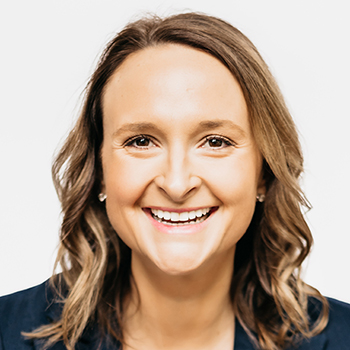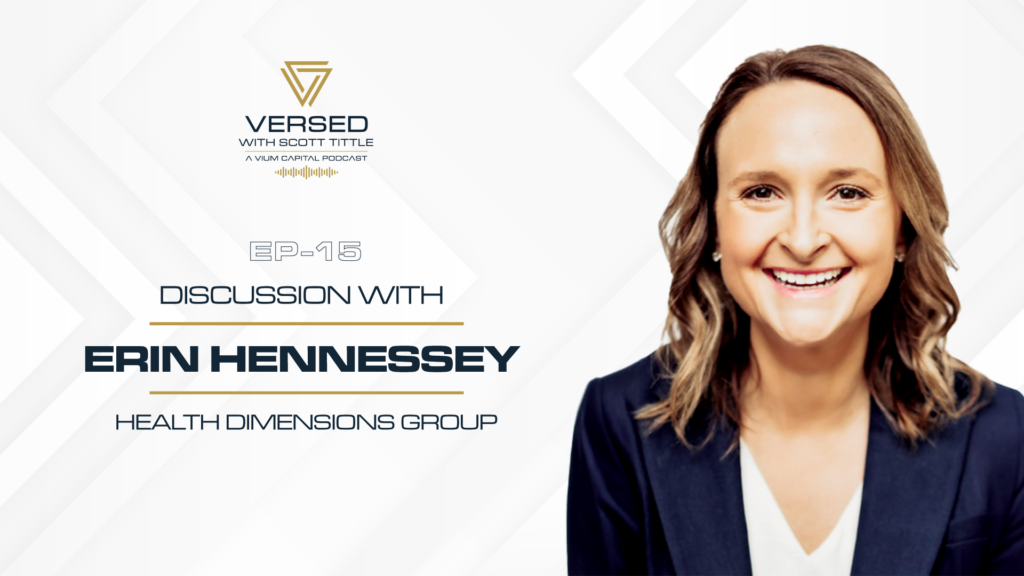
Hockey legend Wayne Gretzky, “The Great One,” is famously quoted as saying: “I skated to where the puck was going to be.” For the past 20 years, HDG has been advising clients to “keep their stick on the ice;” i.e., to stay focused on the future and not get completely bogged down in the present. Whether it’s the COVID-19 pandemic challenges, reimbursement shortfalls, regulation changes, or simply changes in consumer demands, there are always ground-level challenges that will cause us to lose sight of where the puck is going to be. Leaders keeping their eyes on the long-term strategic planning is paramount during times of industry turmoil and upheaval.
The case for your business model is clear: demographics support the need for senior services for decades to come, and changes in how consumers purchase those services is inevitable. What we know today will be obsolete tomorrow. Does that mean you’re going to become obsolete? Possibly. To ensure your future is in your hands, it is crucial to possess a data-driven, thoughtful, and flexible strategic plan that is driven by leadership in your organization—a plan clearly focused on positioning your organization to meet the growing needs of our senior populations.
So, how do we justify not spending time and resources on planning for the future when we know it is so uncertain? The excuses are vast and varied:
- “COVID-19 pandemic response is all we can handle right now.”
- “We cannot possibly know what the next generation of seniors will demand.”
- “Now is not the time to spend capital on improvements to physical plant and facilities.”
- “We don’t even know where to deploy resources.”
- “We have enough issues with day-to-day operations; how can we spend time to establish long-range goals?”
- “Strategic plans become dust collectors, and no one is held accountable anyway.”
No organization could have been 100 percent prepared for the pandemic this year and how it completely turned everything upside down. It could be argued, however, that organizations that regularly and consistently plan for the future were in a better position to capitalize on opportunities during this tumultuous period and were in a much better financial position to weather the storm.
Proper planning now will ensure that your operational initiatives align with achieving your strategic goals.
Focus on Your Core Competencies
Identify your core competencies and establish what you do well. Are you the best skilled nursing facility in the market with the highest Centers for Medicare & Medicaid Services Five-Star quality rating and customer satisfaction scores? Do you have highly trained staff providing high-quality specialty care, such as advanced memory loss and dementia care?
Core competencies can be leveraged to create new market niches, new services, new programs and, as a result, new revenues. Establishing what you do well and focusing strategies on those skill sets will ensure you are expending time and resources on areas that will create successes with the least amount of effort.
Take an Honest Assessment and Go Beyond the Surface
Do a deep dive and inventory your current situation and determine how you stack up against modern facilities in your market and elsewhere. Is your dining experience a place you would bring your own family on a Friday night? What is the community perception of your facilities? Do you have private rooms in your nursing home, and if so, what percentage of those rooms have accessible, private bathrooms? Do you have the staff expertise to accomplish your goals?
Your people, services, physical plant attributes, and amenities drive occupancy; occupancy drives revenue and profitability; and profitability will allow you to move forward with long-range plans. Go beyond the surface to truly and honestly reflect on who you are today before you decide on what you want to do tomorrow. Your strategic plan will address capital-intensive initiatives. Investing now will pay dividends in the future.
Focus on Your Market
Most of the demand for your services is likely from households within a 30-minute drive of your front door. Your market is finite. Too many times we get caught up in what the trends are elsewhere when discussing our options. Your plan should have initiatives established that focus on the geographic area most likely to generate demand for your services. Know the demographics of this area. What are the income levels of the seniors in the area? Are the senior populations growing, and how does that translate into future demand for services? Know the current providers and competition in the area, and identify which services are lacking in your market. Developing strategies around the realities of the demographics and competitive landscape of your defined market area is key. Do not get distracted by grandiose solutions that are not realistic for your situation.
Think Outside Your Box
All organizations have created a box in which they operate. All too often, we hear organizations say, “our market will never support those initiatives” or “we don’t have the necessary resources to develop that program and/or revenue source.” All markets can support a multifaceted senior living operation. In fact, even the smallest markets can support some scale of continuum of care (i.e., a central hub of multiple services for the market you serve). Your market dictates what is needed and how many beds/units/volumes are practical and can be sustained. Your strategic plan should include initiatives to broaden your service alternatives, which will increase the likelihood of financial stability while providing a range of options for seniors in your area. Creating a place where seniors of all levels of care want to be will enable you to capture market share, compete effectively, and create operational efficiencies.
Plan Over Multiple Time Horizons
Your strategic plan will have a multi-period time horizon: immediate term (next 12 months), intermediate term (next 2 to 3 years), and long-term (3 years plus). There was a time when we advised clients to develop strong goals for a 10-year planning horizon, including a horizon of five years for initiatives. While our organizational vision should be very long term, our strategic plan should address those three periods at most. It is important to acknowledge that there are immediate-term issues (e.g., COVID-19 pandemic) to which management and staff are devoting extensive time and resources. Understanding the immediate needs of the organization will help with establishing objectives and goals for the foreseeable future (long term) and a realistic timeframe for implementation.
Leave Operational Issues at the Door
Create time with your team every few weeks to specifically focus on strategic matters. Day-to-day operational matters should not intrude on the planning process and should be used only as a bellwether. Asking questions—such as what do we want our organization to look like in 10 years?—will help keep you focused on the big picture. “What are the big rocks,” to quote Stephen R. Covey (The 7 Habits of Highly Effective People), “that we need to accomplish and what comes first?” Spending time having the “right” discussion and focusing on these big-picture items will define the direction of the organization and ensure your efforts are aligned so the organization is heading down the path you want it to go.
In Summary
Take the time you need to work with your staff or board of directors to develop a plan that leads you to where the puck will be. Now is the time for long-range planning because tomorrow will come, whether we are ready for it or not.
If you’d like more information on how HDG can help drive strategic planning for your organization, please contact us at info@hdgi1.com or 763.537.5700












